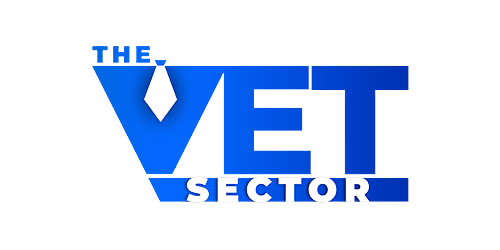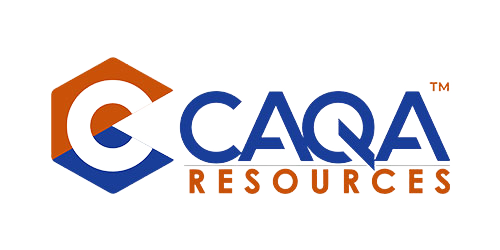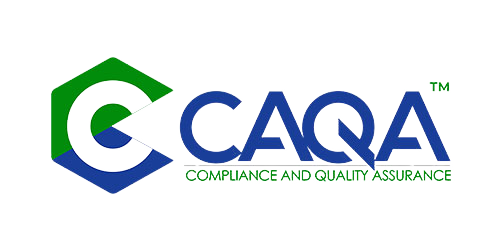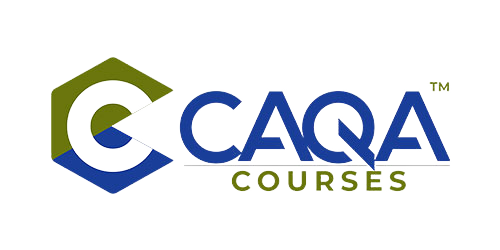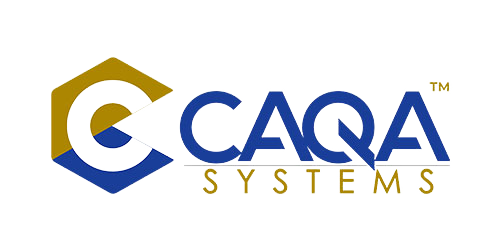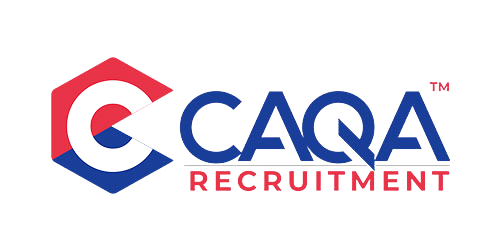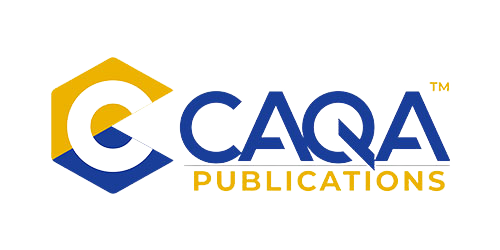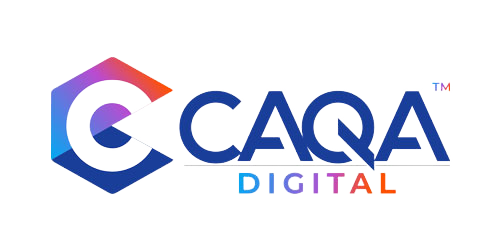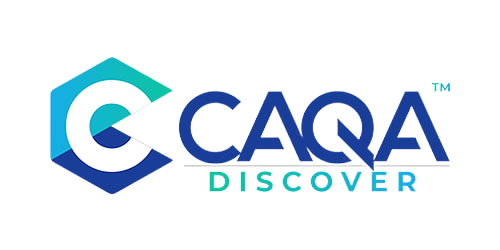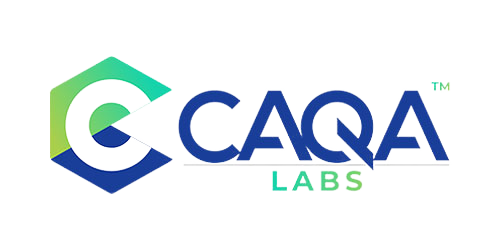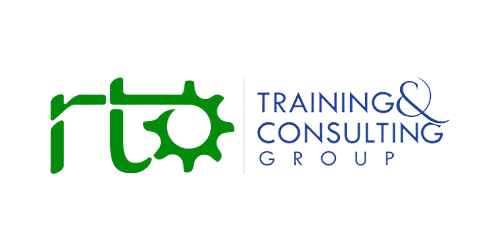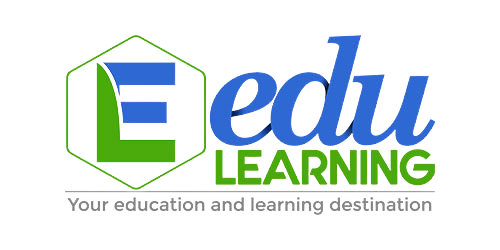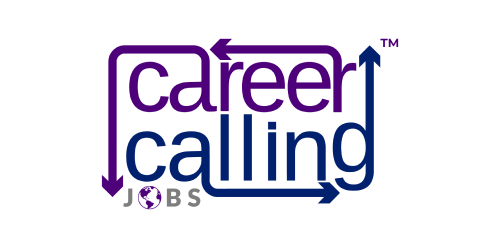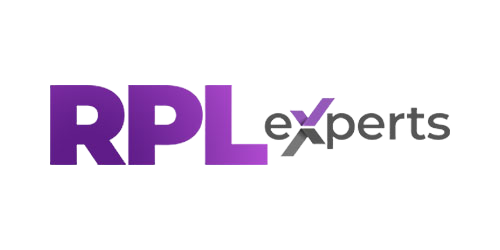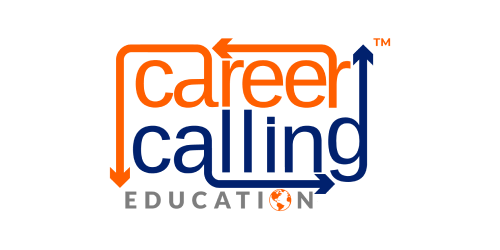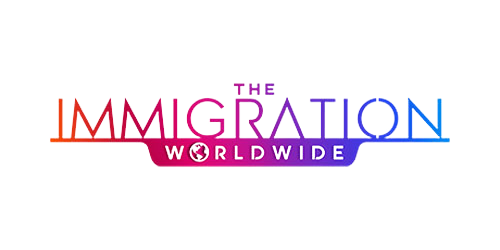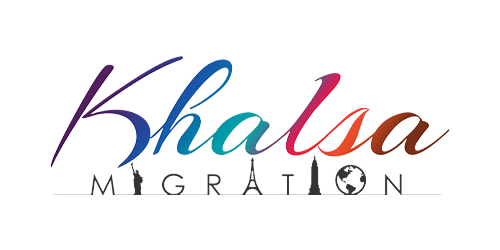Effective communication is the cornerstone of successful teaching and learning in the vocational education and training (VET) sector. Trainers must ensure that information is clearly conveyed to students and colleagues, fostering an environment conducive to learning and professional development. This article explores the essential communication skills for trainers, emphasising the Standards for Registered Training Organisations (RTOs) 2015 (SRTOs 2015) guidelines and best practices in the VET sector.
The Importance of Communication in Vocational Education
In the VET sector, communication is crucial for various reasons:
- Student Engagement: Effective communication keeps students engaged and motivated.
- Clarity of Instructions: Clear instructions ensure students understand course requirements and expectations.
- Feedback Mechanism: Communication allows for timely feedback, which is essential for student growth and improvement.
- Class Management: Good communication skills help in managing the classroom effectively, reducing misunderstandings and disruptions.
- Professional Relationships: It fosters positive relationships between trainers, students, and colleagues.
SRTOs 2015 and Communication
The SRTOs 2015 provide a framework to ensure that RTOs deliver high-quality training and assessment services. Effective communication aligns with several key standards:
- Standard 1: Ensures the RTO’s training and assessment practices are of high quality. Effective communication helps in delivering and assessing training effectively.
- Standard 2: Requires the RTO to adhere to the principles of access and equity and maximize outcomes for learners. Clear communication ensures all students, regardless of background, understand and can access learning materials.
- Standard 4: Involves providing accurate and accessible information to prospective and current learners. Effective communication ensures that all information provided is clear, accurate, and accessible.
The Communication Process
Communication is a complex process involving multiple elements:
- Sender: The person who initiates the message.
- Message: The information or content that is being communicated.
- Medium: The method used to convey the message (e.g., verbal, written, non-verbal).
- Receiver: The person or audience for whom the message is intended.
- Feedback: The response from the receiver back to the sender.
Understanding this process is vital for trainers to ensure their messages are effectively conveyed and understood.
The Role of Body Language
Non-verbal communication, particularly body language, plays a significant role in the learning environment. Trainers need to be aware of their body language as it can complement or contradict verbal messages. Key aspects of body language include:
- Eye Contact: Maintaining eye contact shows attentiveness and confidence.
- Facial Expressions: Expressions can convey emotions and reactions, helping to engage students.
- Gestures: Hand movements can emphasise points and make explanations clearer.
- Posture: An open and relaxed posture can make trainers seem more approachable.
The Communication Awareness Model
The Communication Awareness Model is a framework that helps trainers understand and improve their communication skills. It involves three key components:
- Self-Awareness: Understanding one’s own communication style and how it affects others.
- Others’ Awareness: Recognising and interpreting the communication styles of others.
- Context Awareness: Adapting communication strategies to suit different contexts and audiences.
By developing awareness in these areas, trainers can enhance their communication effectiveness.
Common Barriers to Communication
Despite the importance of effective communication, various barriers can hinder the process. Identifying and addressing these barriers is crucial for trainers:
- Language Barriers: Differences in language or vocabulary can lead to misunderstandings.
- Cultural Barriers: Cultural differences can affect communication styles and interpretations.
- Physical Barriers: Environmental factors such as noise or poor lighting can disrupt communication.
- Psychological Barriers: Stress, anxiety, or preconceived notions can impact how messages are sent and received.
- Technological Barriers: Issues with technology, such as poor internet connectivity, can impede online communication.
Strategies for Effective Communication
To overcome these barriers and enhance communication, trainers can implement several strategies:
- Active Listening: Paying full attention to the speaker, understanding their message, and responding thoughtfully.
- Clear and Concise Language: Using simple, straightforward language to ensure understanding.
- Feedback Mechanisms: Encouraging and providing regular feedback to ensure messages are understood and to improve communication practices.
- Cultural Sensitivity: Being aware of and respectful towards cultural differences in communication styles.
- Effective Use of Technology: Ensuring that technological tools are used effectively to facilitate communication.
Enhancing Student Satisfaction
Effective communication is directly linked to student satisfaction. Here are ways to improve satisfaction through communication:
- Transparent Communication: Being open about course requirements, assessment criteria, and expectations.
- Timely Responses: Providing prompt responses to student queries and feedback.
- Supportive Environment: Creating a supportive learning environment where students feel comfortable to express their ideas and concerns.
- Interactive Teaching Methods: Using interactive teaching methods to engage students and facilitate better understanding.
- Regular Updates: Keeping students informed about any changes or updates related to their courses.
Case Study: Improving Communication in an RTO
Background: An RTO noticed a decline in student satisfaction and engagement in its automotive mechanics course. Feedback indicated that students found the instructions unclear and felt disconnected from the trainers.
Action Taken:
- Trainer Workshops: Conducted workshops to improve trainers’ communication skills, focusing on clarity, active listening, and non-verbal communication.
- Interactive Sessions: Introduced more interactive sessions and practical demonstrations to make the content more engaging.
- Feedback Loop: Implemented a regular feedback loop where students could provide input on the teaching methods and communication effectiveness.
- Cultural Awareness Training: Provided cultural awareness training to help trainers better understand and address the diverse needs of the student population.
Outcome: The RTO observed a significant improvement in student engagement and satisfaction. Clearer communication and more interactive teaching methods helped students understand the course content better, leading to improved academic performance.
Effective communication is fundamental to the success of trainers in the VET sector. By understanding the communication process, recognising the impact of body language, and being aware of common barriers, trainers can significantly enhance their communication skills. Adhering to the SRTOs 2015 guidelines ensures that communication practices not only meet regulatory standards but also contribute to a positive learning environment.
Trainers should continuously develop their communication skills, adapt to different contexts, and be mindful of the diverse needs of their students. By doing so, they can improve student satisfaction, ensure effective information sharing, and foster a supportive and engaging learning environment.








